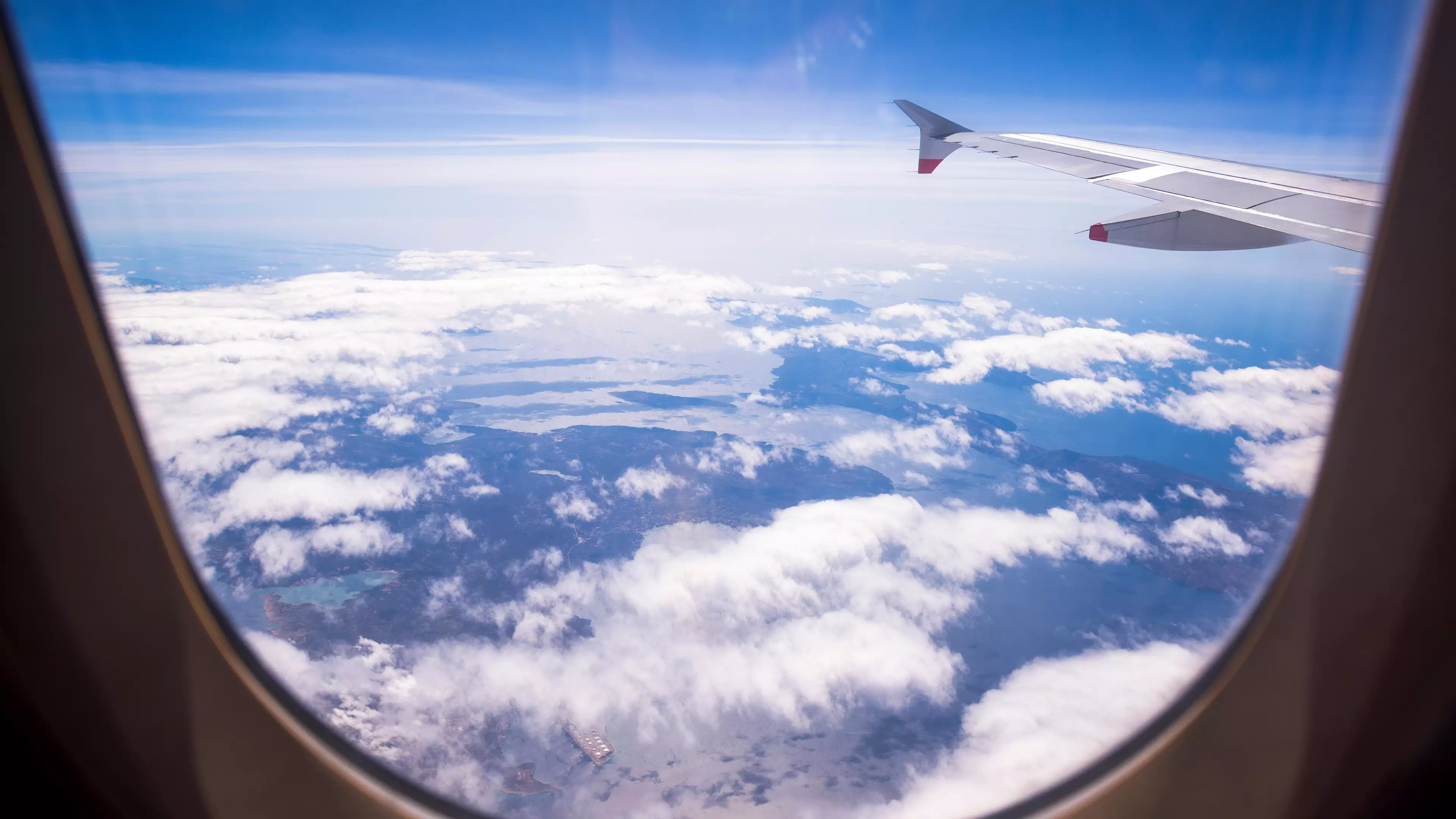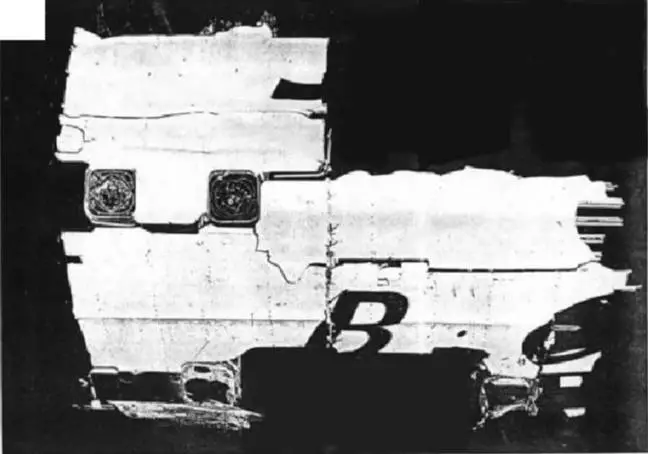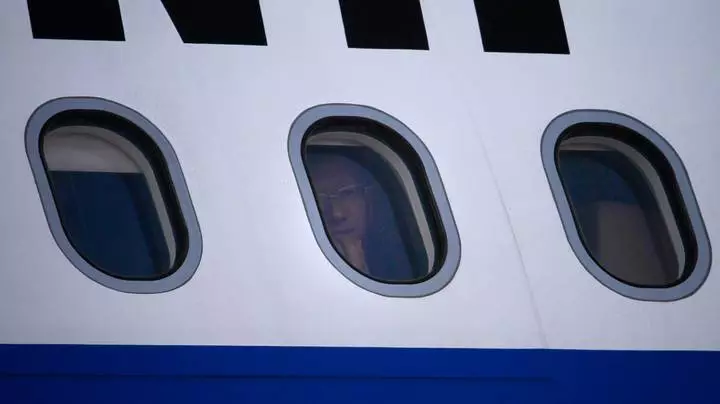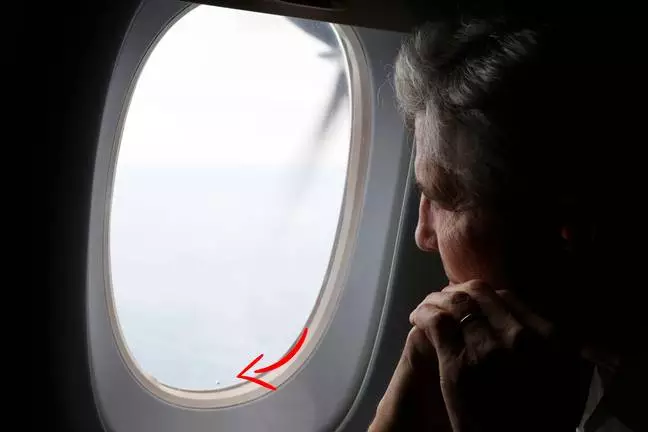
Have you ever sat staring out of a plane window and wondered why it's round? Even if you haven't, I'll bet you're thinking about it now.
Well don't scratch your heads too heavily, as we have found the answer for you - it's all to do with pressure.
Advert
First up, we have to go back to 1954, when a plane carrying 35 people took off from Rome and was heading to London before it disintegrated in the sky and crashed into the Mediterranean Sea.
Months later a similar passenger jet plane crashed into the same sea on its way from London to Johannesburg.

When The Telegraph did an investigation into the twin tragedies, they found the square shape of the windows resulted in metal fatigue. Specifically, the sharp corners would put more pressure on parts of the plane in high altitudes.
Advert
Once this investigation was published, airlines changed their designs to make their windows more circular, as this allows the stress on the metal to flow more evenly around the edges.
This action has saved millions of lives, as explained in a video published on the TikTok page Design Secrets, which has since garnered nearly 275,000 likes at the time of writing.
"Man I learn more about life here on TikTok than in any other place," wrote one user, while another said: "Can't stress enough how smart this is."

While we're on the topic of aeroplane windows, what the hell is with that hole? I've never really understood why they're there, and I always freak out when I see frost appearing around it.
Advert
Well, British Airways' Mark Vanhoenacker was on hand to explain to Slate that they are what are known as 'bleed holes'.
According to Mark, these holes are wedged between two other panels, so they're not actually outside.
Marlowe Moncur, an aeronautical expert, added: "The purpose of the small bleed hole in the [middle] pane is to allow pressure to equilibrate between the passenger cabin and the air gap between the panes, so that the cabin pressure during flight is applied to only the outer pane."

So basically the difference in pressure inside and outside the cabin is immense (as you'd expect).
Advert
As Science Alert explains, the air inside the plane wants to get out to fix the imbalance. The hole, in this instance, reduces the amount of pressure on the pane.
This means the outer pane bears the most pressure, meaning that if something caused added strain on the outer pane, it would be that one gives out.
In other words, it's to keep us safe.
And there's another point to the hole, as well, according to Bret Jensen at Boeing Commercial Aeroplanes - to stop as much fog and frost forming on the window.
Advert
Science lesson over.